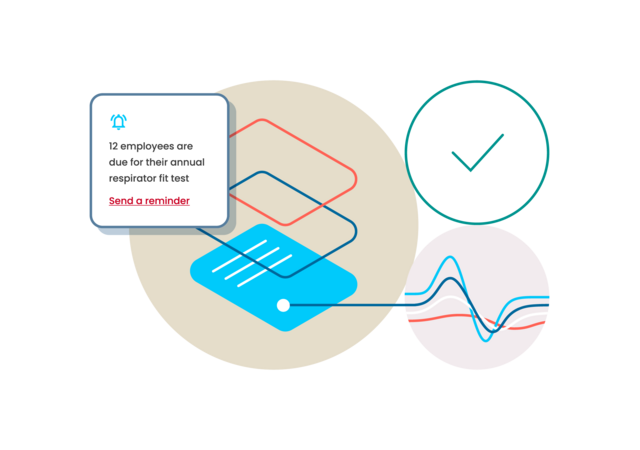How do you encourage employees to proactively report observations before an incident happens?
Are they afraid of raising their hands in fear of retaliation or blame?
A strong safety program should focus on prevention. Creating a strong safety culture is not easy. Support from management is critical to capture important red flags to remove hazards and decrease injury rates. How can you shift the way your organization thinks about incident management?
Successful cultures of safety view incidents and negative observations not as failures, but as opportunities for improvement. Near misses provide your organization the chance to improve work systems and communicate observations.
In a strong corporate safety culture, every employee contributes to safety activities and helps to identify and reinforce safe habits and practices. One sign that an organization has a robust safety culture is strong reporting; however, not every organization does this successfully.
In this white paper, you will be given insight into what prevents workers from reporting safety incidents, starting with several of the most common contributing factors. The white paper also explains ways to overcome common incident reporting obstacles, so that your workers feel encouraged to report their experiences and feel confident that their report will be addressed and remediated.
Lastly, the white paper will go over designing operations and processes for change, helping you to maintain a strengthened safety system that won’t fail easily
Read this UL whitepaper by EHS expert Jonathan Jacobi to learn how you can reinvigorate your incident management process.


